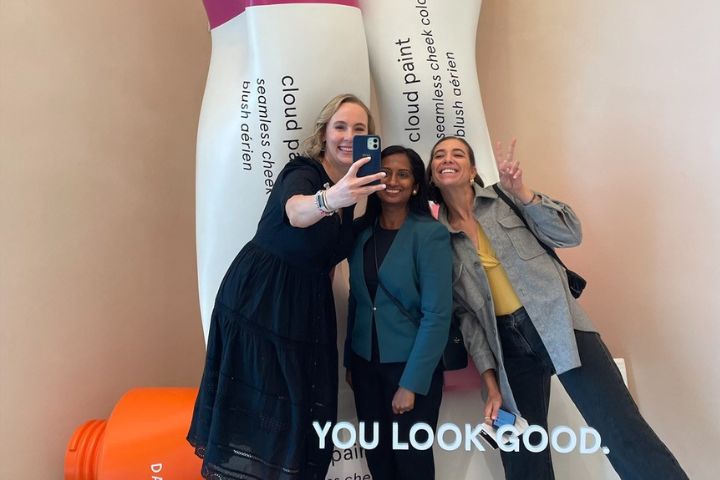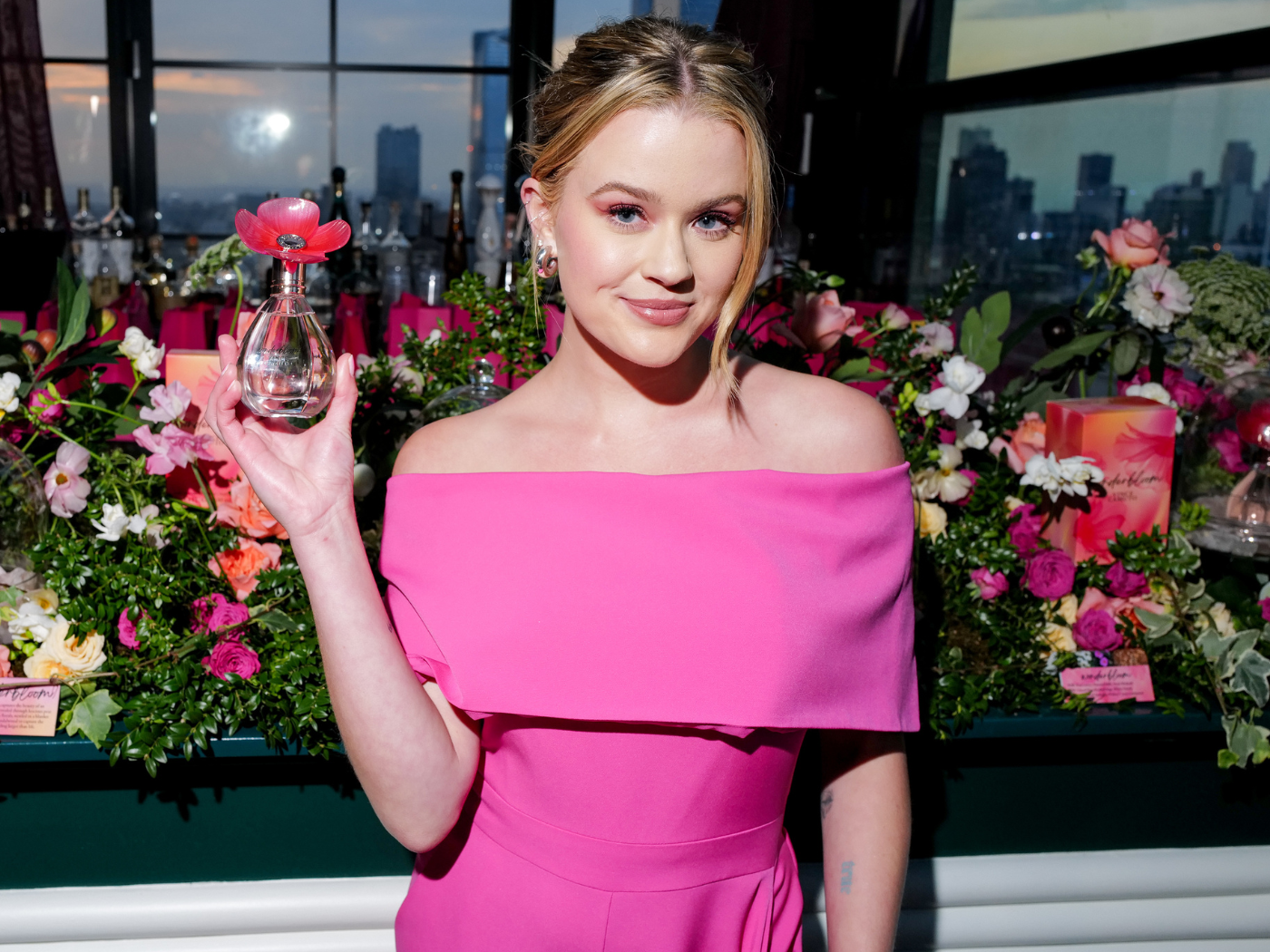Omnichannel, sustainability, and diversity were the key topics of conversation at C360, a three-day conference held in mid-June in Los Angeles and organized by NielsenIQ. The mission of the conference was to provide consumer intelligence to global brands.
The annual event is designed for participants across categories including health and wellness, beverages, pets, and financial services. Beauty played a major role, with speakers such as Sandra Villarreal from L’Oréal, and panelists including Amy Elise Jackson from Pattern Beauty, and Amazon’s Premium Beauty Lead, Ali Kole.
Throughout the conference, talk was on omnichannel, with brands exploring how to attract and retain customers wherever and whenever they shop. An oft-repeated phrase during the panels was “blurring lines.”
“Accessibility turns mass and prestige into dated terminology,” says Tara James Taylor, SVP of Global Beauty at NIQ. “The beauty industry is now 40% sold online. In addition, beauty stores are launching in traditional large-format retailers, such as Ulta Beauty boutiques sprouting up in Target, and Sephora in Kohl’s. This unlocks the accessibility of beauty. There’s no pure definition of beauty anymore. It’s what the consumer wants at that moment of time.”
Part of this year’s event also included a Beauty Retail Safari, led by Wendy Liebmann of WSL Strategic Retail, where an invite-only crowd toured pre-selected stores to see how beauty is being merchandised and marketed. Stores on the Retail Safari were Facile, Violet Grey, Glossier, Biologique Recherche Ambassade. A lunch was hosted by Romina Brown, CEO of Strategic Solutions International, a category management firm specializing in the multicultural space, for guests including executives from Uncle Bud’s and Spinster Sisters, a plant-based, plastic-free hair, skin, and body care line, as well as Amazon, Pacifica Beauty, and Into You Cosmetics,
Sandra agreed that the multi-channel trend in beauty was “a huge transformation” but that the buy-it-anywhere-and-everywhere ethos didn’t come without challenges.
“When you think about the behavior of the shopper across the different beauty categories and managing sales online and offline, you have to think about what that brings in terms of inventory management, distribution, and portfolio management,” she says. “These are things that have challenged the omnichannel universe.”
A focus for many brands is to understand consumer behavior in-store.
“Are they buying differently, and how do we complement their experience inside a store to shopping online? The offline experience will influence the online experience,” says L’Oréal’s Sandra. She adds that omnichannel is more important than ever at L’Oréal, with luxury L’Oreal brands now sold on Amazon and professional doctor brands now sold at select beauty doors.
“There is a blurring of lines,” she says. “Beauty is a journey, there is a routine, and we have to provide a brand experience online, offline, and at the intersection of both.”
Ali Kole, GM Premium Beauty at Amazon, says being at C360 was valuable because “it’s important to be connected to the trends in customer shopping behavior. Being here is a great opportunity to hear the latest data being shared.”
“We want to be the most trusted destination for customers to shop for beauty,” she says. “Customers want to discover via multiple touchpoints and brands’ stories are getting told in multiple ways. The omni conversation is interesting because it reflects how the shopper’s journey is changing and how the lifecycle of the discovery of a product is changing. We want to be part of that transformation.”
Brands on the Amazon Luxury Store’s beauty site include Dr. Barbara Sturm and Cle de Peau, with prices more than $300.
“We are in discussions with brands across a range of premium price points. Customers are searching for everything on Amazon, and we want to have it all there to meet that need,” Ali says.
Multiculturalism was another prevalent subject.
“Inclusive beauty is a critical topic,” says Tara. “This encompasses beauty for all.” She pointed out that internet searches for curly/coily hair are up 10 percent. “Ensuring that consumers with all types of hair can easily find their products is critical, and they are no longer limited to a certain set of stores. Many retailers are paving the way on this front.”
L’Oréal’s Sandra spoke to the logistics of catering to this burgeoning market.
“We’ve embraced consumers’ multicultural needs in terms of shades and meeting skin and hair needs,” she says. “We’ve gone from 10 shades to 100 to be sure to be inclusive. But questions remain along the lines of ‘which sites have the right shades, and how do we help the consumer find the right shade at the right place?’”
The power of TikTok to create viral sellout sensations presents other challenges, says Sandra.
“Brands need to have the ability to measure inventory accurately and to address needs when they need to be addressed the fastest. We must always be able to satisfy the consumer.”




